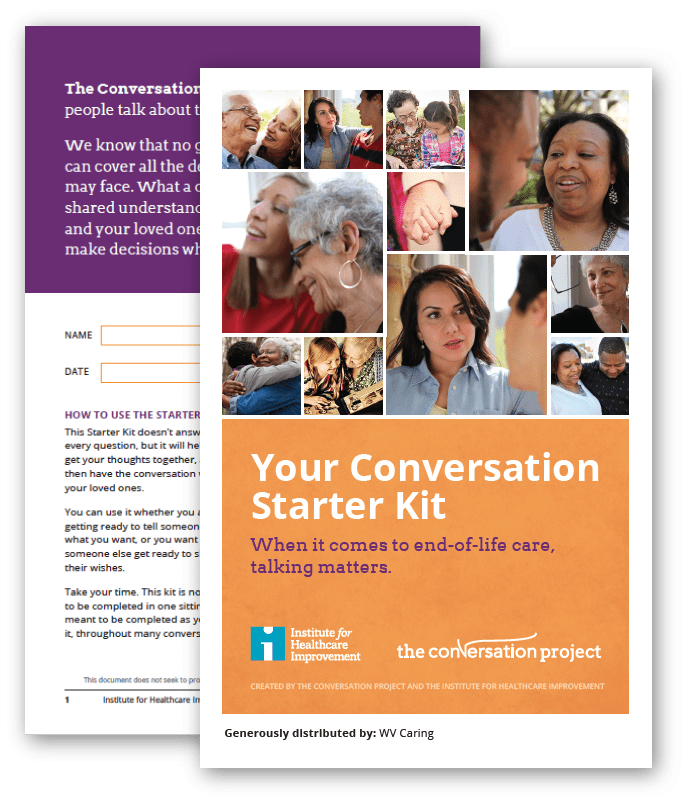Over the past few years, ALS or Amyotrophic Lateral Sclerosis had grabbed headlines because of the Ice Bucket Challenge.
In the summer of 2014, the Northeast part of the United States started an international sensation where people poured buckets of ice-cold water on themselves while challenging their family and friends to spread awareness about ALS. This phenomenon became viral quickly and brought in more than $220 million around the globe for the fight against ALS.
If you are reading this, you or one of your loved ones may be waging a difficult battle against ALS. When your aging loved ones face a decision about breathing machines, feeding tubes and more, you frantically search for comfort, support, and answers. That’s why we are here to help you.
What is ALS?
Amyotrophic Lateral Sclerosis, sometimes also called Lou Gehrig’s Disease is a progressive neurodegenerative disease that affects a patient’s brain and spinal cord. This disease causes the death of neurons controlling the voluntary muscles.
ALS is characterized by muscle twitching, stiff muscles, and gradually worsening weakness in arms and legs. About half of the people affected by ALS, develop mild difficulties with thinking and behavior. A majority of people lose their ability to speak, swallow, use their hands and breathe.
According to the Journal of Hospice and Palliative Nursing, the often slow and unpredictable nature of the disease means that 10 percent of patients live more than 10 years after their diagnosis.
As the disease progress and the muscle decline, it can become difficult for the family caregiver to provide the best care to the patient. This is when hospice care professionals provide the patient and the family caregiver with additional support in the home.
The cause of ALS is not known in about 90 to 95 percent of the cases. However, doctors believe that both genetic and environmental factors are responsible as some people may inherit the disease from their parents.
To date, there is no cure for ALS and the goal of the treatment is to improve the symptoms. While curative treatments can help extend the patient’s life by about two to three months, it does not stop the disease progression.
“In the United States, ALS is more common in white people than black people.”

Hospice Care for ALS Patients
The goal of hospice care is to provide comfort to the patient and improve his quality of life in the last few days. The hospice team consists of skilled nurses, chaplains, aides, experienced doctors, volunteers and social workers who work together to provide support not just to the patient but for families who are providing home care.
If a patient has been diagnosed with ALS and has six months or less to live, the doctor may refer him to hospice care.
Once an ALS patient chooses hospice, the care team will begin making visits to the patient’s home to provide relief from pain, offer emotional and spiritual support while helping with personal care.
Making decisions about end-of-life care can be difficult for the patient as well as the family. Inspiration Hospice can help you and your loved ones determine when it’s the right time to enroll an ASL patient in hospice.
Inspiration Hospice recognizes the emotional toll and immense courage it takes to help your loved ones suffering from a terminal illness. Call Inspiration Hospice today to learn more about hospice care and to see whether it is an appropriate option for you.
Is It The Right Time for Hospice?
As an ALS patient can experience the decline over months and years, it can be difficult for a doctor to determine when an ALS patient should consider hospice care. An ALS patient can benefit from hospice if the patient or his family members choose to stop using breathing machines or feeding tubes.
Here are a few symptoms that may indicate that the ALS has progressed and the patient will benefit from hospice.
- Speech becomes barely intelligible
- The patient can no longer move freely
- The patient does not want to use feeding tubes
- The patient does not want to be placed on a ventilator
- The patient wants to discontinue curative treatments
The patient’s primary medical physician may recommend hospice when the appropriate time comes. However, early referral to hospice programs results in better management of symptoms, leading to stabilization of their condition and prolonged survival.

Benefits of Hospice Care ForALS Patients
Hospice care is the best way to assist the patient in the last stages of the disease and improve his quality of life.
- Care Provided in the Comfort of the Home
One of the biggest benefits of choosing hospice care is that the service is provided wherever the patient resides. This could be his home, an assisted living facility, a hospital or any long-term care facilities. - Emotional Support for the Patient
Hospice care focuses on improving the patient’s quality of life rather than treating the disease. The hospice care team works together with the patient to manage pain, and provide medications when required. They also help the patient spiritually and emotionally to deal with the illness.Long-term ALS patients can experience anxiety and depression, which makes it worse to deal with the problem. This is when a hospice worker can help the patient manage his emotions and find spiritual comfort.
- Focus on Relieving Pain
Hospice care allows a patient to be as comfortable as possible during the last few days of his life. When it comes to ALS, the patient may be experiencing spasms in major muscles, stiffening of joints, and the inability to move. The hospice care team creates a comprehensive pain management system for the patient to manage his pain. - Organized Care for the Patient
The hospice team works to organize and coordinated everything between the patient’s doctors and the hospice workers. The team manager oversees every aspect of the care given out to the patients. They ensure that the patient has all the equipment and medical supplies required for the care and comfort of the patient.
If you or someone you know can benefit from hospice, get in touch with us today.

